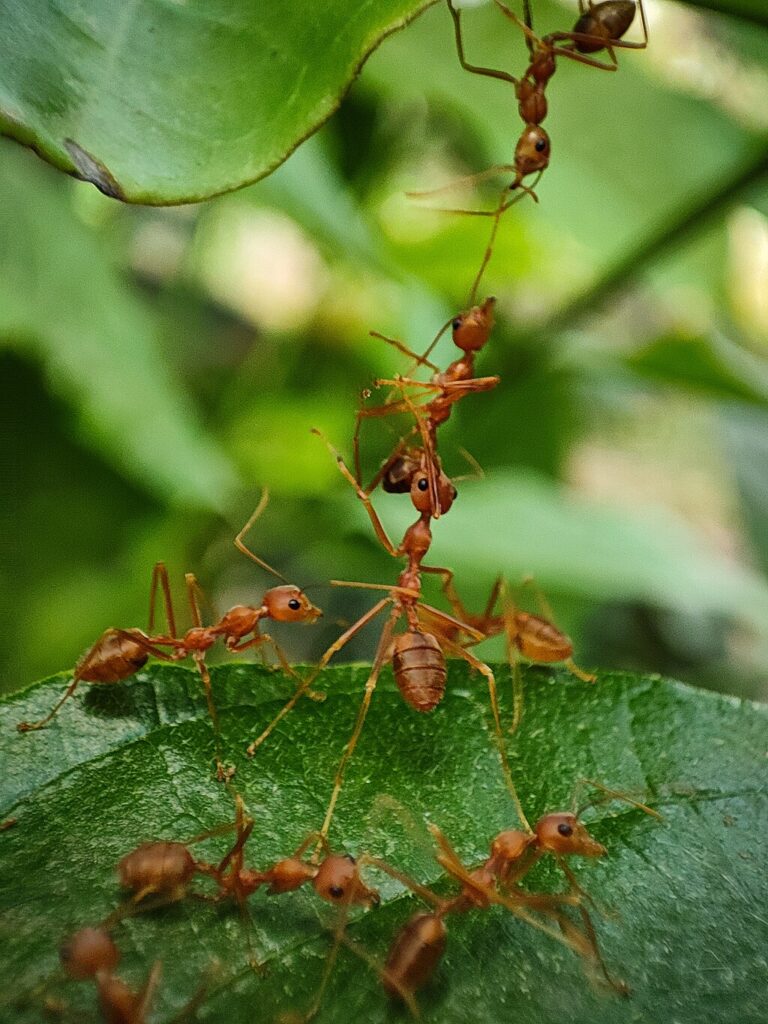Picture this: You’re watching a nature documentary when suddenly you see something that stops you cold. A wounded ant lies motionless on the ground, seemingly abandoned by its colony. But then, like tiny paramedics in action, several other ants rush to its aid, carefully lifting their injured comrade and carrying it back to safety. Meanwhile, in another species just inches away, injured ants are left to fend for themselves or even killed by their own kind. What drives this dramatic difference in behavior? The answer reveals one of nature’s most fascinating puzzles about survival, cooperation, and the cold calculations of evolution.
The Matabele Ants: Nature’s Most Dedicated Paramedics
Among the most remarkable rescue specialists in the ant world are the Matabele ants of sub-Saharan Africa. These fierce warriors regularly launch coordinated raids against termite colonies, but what happens after battle is truly extraordinary. When a Matabele ant gets injured during combat, it releases special chemical signals that essentially scream “help me” to its fellow soldiers. The response is immediate and organized — healthy ants quickly surround their wounded comrade, carefully examine the injury, and begin the delicate process of carrying it back to the nest. This isn’t just random kindness; it’s a sophisticated emergency response system that would make human paramedics proud.
The Chemical Language of Distress
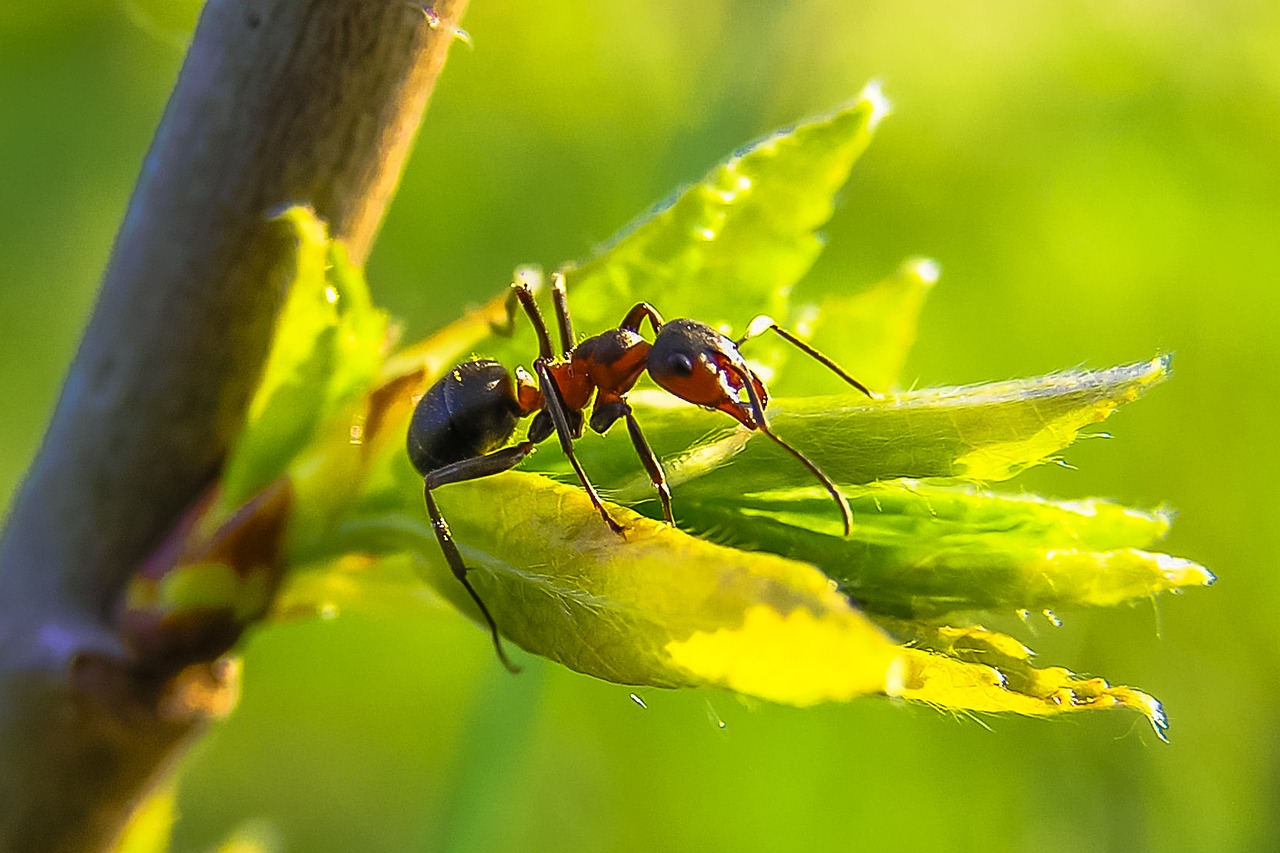
Injured ants don’t just lie there hoping for help — they actively communicate their need for rescue through chemical signals called pheromones. When a Matabele ant is wounded, it releases specific distress chemicals that nearby ants can detect with their antennae. These chemical messages are incredibly precise, conveying not just “I’m hurt” but potentially information about the severity of the injury and the urgency of the situation. Think of it like a biological emergency beacon that broadcasts a detailed distress signal to anyone within range. The rescue ants can actually smell the difference between a minor injury and a life-threatening wound, allowing them to prioritize their rescue efforts accordingly.
Triage in the Ant World
Just like human emergency responders, some ant species have developed sophisticated triage systems to decide who gets saved and who doesn’t. Matabele ants don’t rescue every injured comrade they encounter — they make calculated decisions based on the severity of injuries and the likelihood of recovery. Ants with minor wounds that can still move and contribute to the colony get priority treatment, while those with severe injuries that would require too many resources might be left behind. This cold but practical approach ensures that rescue efforts focus on individuals who can return to productive roles rather than becoming permanent burdens on the colony. It’s a harsh reality, but one that maximizes the survival chances of the entire group.
The Economics of Ant Rescue
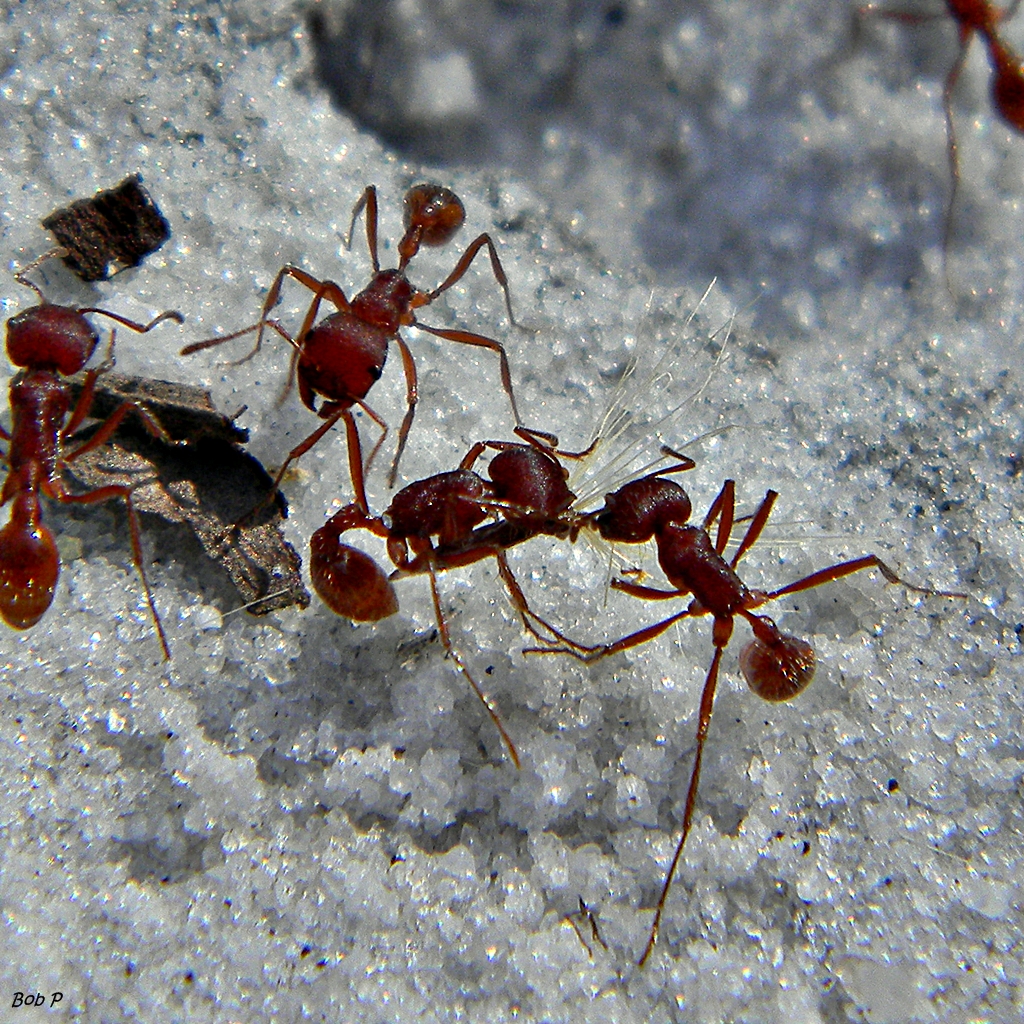
Behind every ant rescue operation lies a complex cost-benefit analysis that would impress any economist. Rescuing an injured ant requires time, energy, and often puts the rescuers at risk of injury themselves. For species like the Matabele ants, this investment pays off because experienced warriors are valuable assets that take significant time and resources to replace. A seasoned soldier ant has learned the layout of enemy territories, developed combat skills, and knows how to work effectively with its unit. Losing such valuable individuals to preventable deaths would be like a military losing its most experienced sergeants — the cost to the entire operation would be enormous.
Species That Leave Their Wounded Behind
Not all ant species share the Matabele’s commitment to rescue operations, and there are perfectly logical reasons for this seemingly heartless behavior. Many ant species operate under what scientists call the “disposable worker” model, where individual ants are easily replaceable and the colony’s resources are better spent on producing new workers rather than saving injured ones. Fire ants, for example, rarely engage in rescue behavior because their colonies are so large and workers so numerous that losing individuals has minimal impact. In their world, it’s more efficient to simply step over fallen comrades and continue with the mission than to divert precious resources to rescue operations.
The Role of Colony Size in Rescue Behavior
The size of an ant colony plays a crucial role in determining whether rescue behavior evolves and persists. Smaller colonies, where every individual worker represents a significant portion of the total workforce, are more likely to develop rescue behaviors because losing even a few workers can be catastrophic. Larger colonies with hundreds of thousands or millions of workers can afford to be more cavalier about individual casualties. It’s like the difference between a small family business where every employee is irreplaceable and a massive corporation where workers are seen as interchangeable parts. The math of survival changes dramatically based on scale, and evolution has crafted behaviors that reflect these mathematical realities.
Learning to Be a Rescuer
Ant rescue behavior isn’t purely instinctual — much of it is learned through experience and social transmission within the colony. Young Matabele ants don’t automatically know how to respond to distress signals or how to safely transport injured comrades back to the nest. They learn these skills by observing older, more experienced ants and gradually taking on increasingly complex rescue roles. This learning process is so sophisticated that researchers have observed ants actually practicing rescue techniques on uninjured nestmates, almost like emergency response drills. The fact that ants can learn and improve their rescue skills over time adds another layer of complexity to this already fascinating behavior.
The Surgical Skills of Ant Medics
Some ant species take their medical care to levels that border on the surgical, performing what can only be described as primitive operations on their injured colleagues. Certain species have been observed using their mandibles to carefully clean wounds, remove debris, and even amputate severely damaged limbs that might otherwise lead to fatal infections. These “ant surgeons” seem to understand that sometimes removing a damaged body part is necessary to save the whole organism. The precision and apparent intentionality of these behaviors suggest a level of medical knowledge that challenges our assumptions about insect intelligence and problem-solving abilities.
Environmental Factors That Drive Rescue Evolution

The environment in which ant colonies operate heavily influences whether rescue behaviors develop and persist over evolutionary time. Species that face high-risk foraging situations, like the Matabele ants’ dangerous termite raids, are more likely to evolve rescue behaviors because the potential for injury is high and experienced foragers are particularly valuable. In contrast, species that engage in low-risk activities like gathering seeds or tending aphids may never develop sophisticated rescue systems because injuries are rare and the cost-benefit analysis doesn’t favor such behaviors. The harshness and danger level of an ant’s lifestyle literally shapes whether they’ll evolve to care for their wounded or abandon them.
Genetic Relatedness and Rescue Motivation
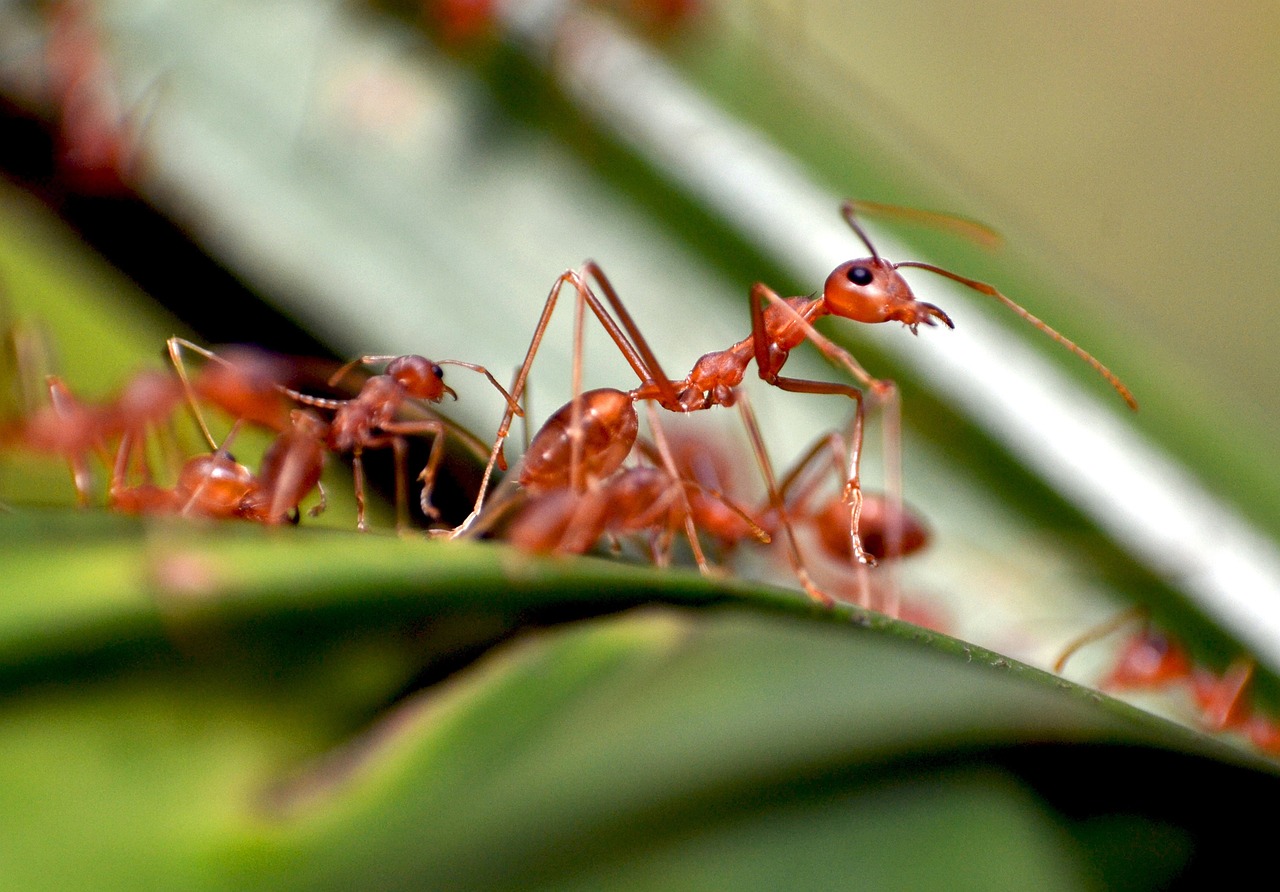
The genetic relationships within ant colonies provide another key to understanding rescue behavior patterns. Since worker ants are typically sisters who share a high percentage of their genes, saving an injured sister is essentially protecting one’s own genetic investment in the future. This genetic relatedness creates what biologists call “kin selection pressure,” where behaviors that help relatives survive and reproduce are favored by natural selection even if they’re costly to the individual performing them. However, the strength of this genetic motivation varies between species based on their breeding systems and colony structures, which helps explain why some species are more altruistic than others when it comes to rescue operations.
The Dark Side of Ant Medicine

Not all ant medical behavior is about healing and rescue — some species have evolved disturbing practices that involve deliberately harming or killing injured members of their colony. Certain ant species will actually attack and kill severely wounded nestmates, not out of cruelty but as a form of euthanasia to prevent the spread of disease or to stop the injured ant from attracting predators with its distress signals. This behavior, called “destructive interference,” represents the opposite end of the spectrum from rescue behavior but serves the same ultimate purpose: maximizing colony survival. It’s a reminder that nature’s solutions to survival challenges aren’t always warm and fuzzy, even when they’re mathematically sound.
Communication Networks During Rescue Operations
The communication systems that coordinate ant rescue operations are remarkably sophisticated, involving multiple types of signals and feedback loops that ensure efficient coordination. Beyond the initial distress pheromones released by injured ants, rescue operations involve trail pheromones that guide helpers to the injury site, recruitment signals that call for additional assistance when needed, and “all clear” signals that indicate when rescue operations are complete. These communication networks allow ant colonies to respond to emergencies with speed and precision that often surpasses human emergency response systems. The complexity of these chemical communication networks rivals anything found in human organizations, despite being managed by creatures with brains smaller than pinheads.
Comparing Ant Rescue to Other Animal Behaviors
While ant rescue behavior is remarkable, it’s worth examining how it compares to similar behaviors in other animals to understand what makes it truly special. Elephants are famous for helping injured family members, dolphins have been observed supporting wounded pod mates, and some primates engage in primitive medical care for their offspring. However, ant rescue behavior is unique in its systematic, almost institutional nature — it’s not just individual acts of kindness but organized, colony-wide protocols that have been refined over millions of years of evolution. The scale and organization of ant rescue operations, involving hundreds of individuals working in coordinated teams, is unmatched in the animal kingdom outside of human societies.
What Ant Rescue Teaches Us About Cooperation
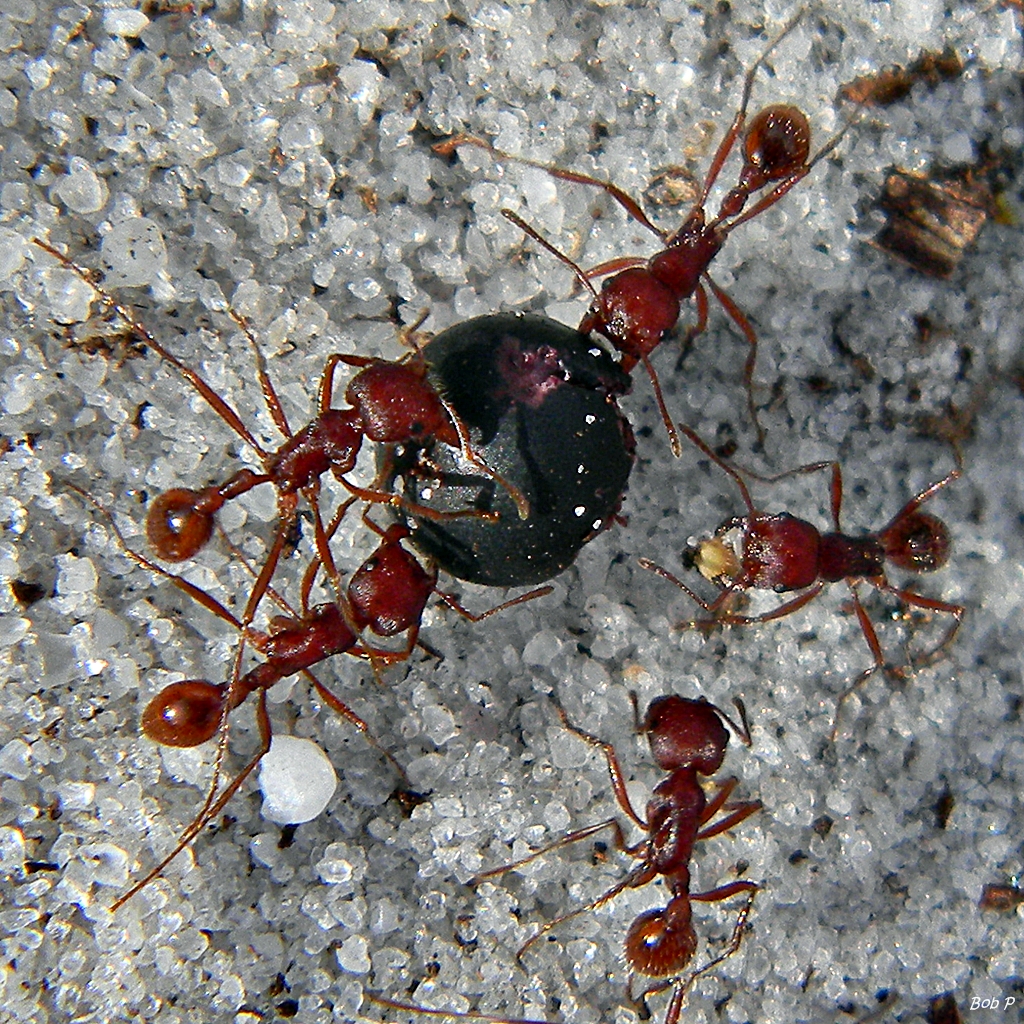
The study of ant rescue behavior offers profound insights into the evolution of cooperation and altruism that extend far beyond the insect world. These tiny creatures have solved complex problems about resource allocation, risk assessment, and collective action that human societies still struggle with today. Their success in balancing individual sacrifice with group benefit provides a biological blueprint for understanding how cooperation can emerge and persist even in competitive environments. The mathematical precision with which ants make decisions about who to save and who to abandon offers lessons for human emergency response systems, military operations, and even healthcare resource allocation during crises.
The Future of Ant Rescue Research
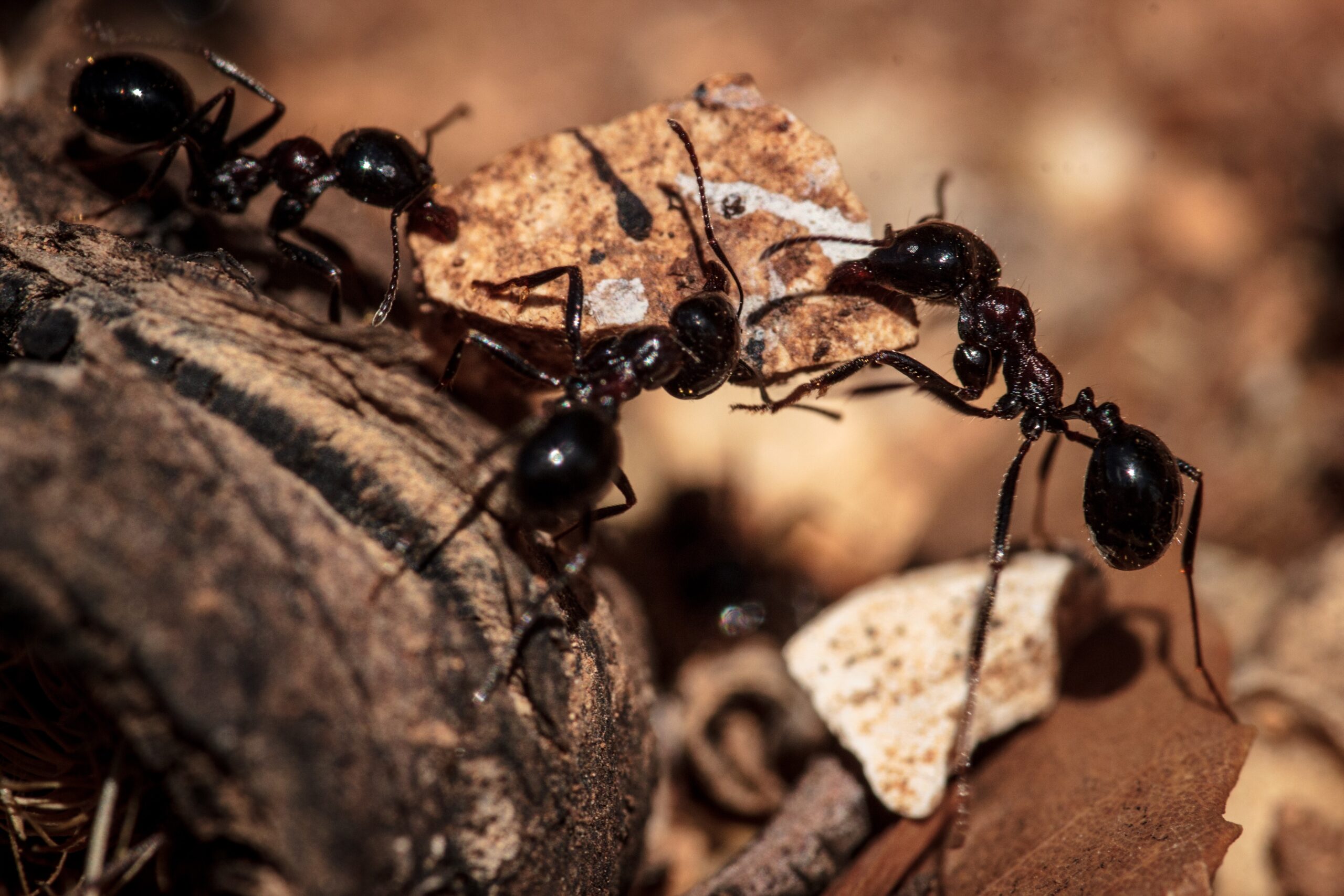
Scientists are only beginning to scratch the surface of ant rescue behavior, and new discoveries continue to challenge our understanding of insect intelligence and social organization. Advanced tracking technologies now allow researchers to follow individual ants throughout entire rescue operations, revealing previously hidden layers of complexity in their decision-making processes. Genetic studies are uncovering the specific genes that control rescue behaviors, potentially allowing scientists to trace the evolutionary history of altruism itself. As research techniques become more sophisticated, we’re likely to discover that ant rescue behavior is even more complex and nuanced than we currently understand, potentially revealing new principles about cooperation that could inform everything from robotics to human social policy.
Conclusion
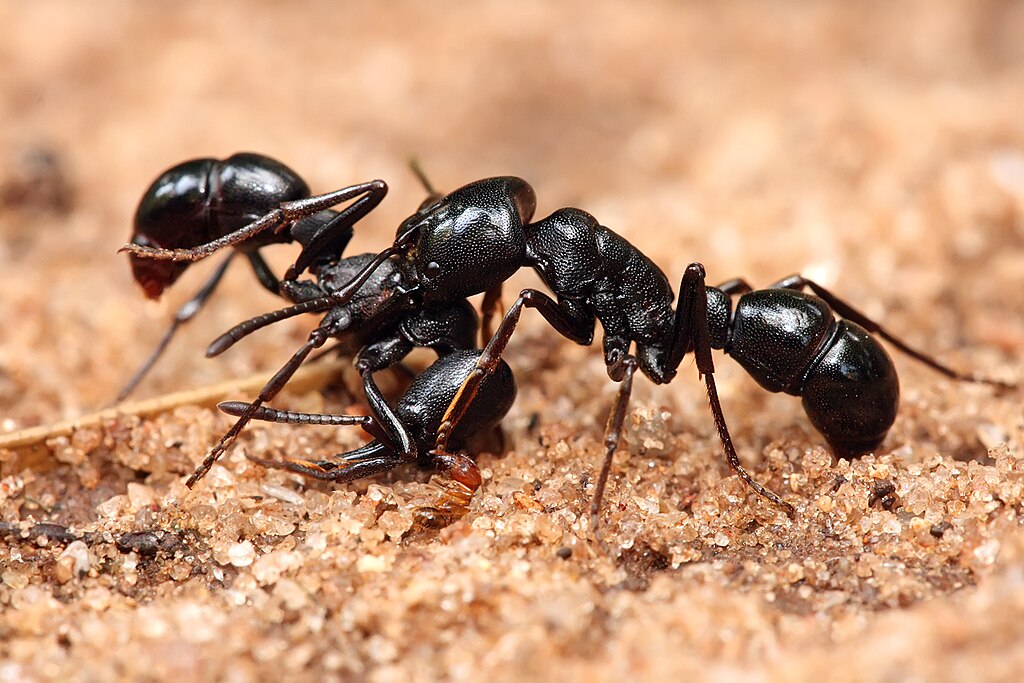
The world of ant rescue reveals a spectrum of behaviors that ranges from heartwarming altruism to cold, calculated pragmatism. Some species have evolved to be nature’s most dedicated paramedics, while others have chosen the path of ruthless efficiency where the wounded are simply left behind. These differences aren’t random quirks of evolution but carefully calibrated responses to specific environmental challenges and colony needs. The next time you see ants in your garden, remember that you might be witnessing one of nature’s most sophisticated emergency response systems in action. What other secrets might these tiny creatures be hiding in plain sight?

